A Queensland loop that takes you from wilderness to coastline.
On a dusty road trip from Brisbane to Toowoomba, Blackall to Longreach, and Mount Isa to Townsville, Kristen Scott encountered the curious stillness of the Australian outback.
When Bruce Chatwin wrote The Songlines, he noted that, “being lost in Australia gives you a lovely feeling of security.” Even in the most desolate and arid areas of Queensland, amid ochre sands and drought-stricken rivers, there exists a strange sensation of being watched – not by humans, but by the land itself. The following itinerary is based on a particular loop that is well travelled by thousands of people every year.
Brisbane to Toowoomba
oowoomba is surrounded by flowering weeds, prickly-scrub, and deciduous trees: a landscape of crimson, green and golden hues. The Warrego Highway is one of Queensland’s oldest. The drive will take you over the Great Dividing Range – where plants dating back to the Dinosaur Age can be found – and through to the Lockyer Valley. Despite being devastated by the 2010 floods, the Lockyer locals have made every effort to make their towns welcome stops for travellers and passers-by. It is a scenic place to grab a bite to eat and stretch your legs, before continuing on to Toowoomba.
Non-stop, the drive to Toowoomba will take around an hour and 40 minutes. If you happen to be travelling in September, then it is worth attending the Australian Carnival of Flowers, which is held annually in the final week of September. During the festival, there is a specially chartered steam train that runs between Brisbane and Toowoomba. So if you want to meet fellow flower enthusiasts on a train that meanders through bushland, then jump aboard.
It is no surprise that Toowoomba is affectionately known as the ‘Garden Capital’ – it has hundreds of gardens and parks. The fecund vegetation is largely due to its rich, volcanic soil. But on a cloudy day, there are still myriad indoor places to explore. Regional Queensland’s oldest public art gallery offers free entry. The gallery was established in 1938 but has undergone renovations in recent times.
It might also be of interest to visit the Cobb & Co Museum, which is home to Australia’s largest horse and cart display. Up until January 15, the Bloom exhibition will display 35 exquisite images of south-east Queensland wildflowers taken over a two-year period by museum photographers.
For the avid punters a night under the bright lights of the Clifford Park Racecourse is a must. Known as the ‘home of twilight racing’ the Toowoomba Turf Club serves up horse races under lights every Saturday night, with the world-famous Toowoomba Cup held every year in March. Everyone’s welcome but remember to leave your thongs and tank tops behind.as dress codes apply.
Toowoomba to Blackall
After a night or two in Toowoomba, spend the day driving past country bars and native wildlife, and on to Blackall. A sunset welcome into town will not disappoint. On a clear night, the sky is lit with stars, which gleam down upon ghost gums and blue gums situated along the Barcoo River. One of Australia’s finest poets, Banjo Patterson, made mention of this river in lyrical verse: ‘On the outer Barcoo, where churches are few / and men of religion are scanty / On a road seldom crossed save by folk who are lost / One Michael Magee had a shanty.’ Now, that doesn’t sound too encouraging for the area, but Blackall certainly celebrates the life-giving nature of the river. Many of its streets are named after bird species and other animals that dwell by and near the river. The town’s main water supply comes from The Great Artesian Basin.
Just east of Blackall lies ‘Black’s Palace’, one of Central Queensland’s most important Aboriginal sites. Elegantly marked on impressive gorge walls – which run 600 metres long – are over 9,000 paintings and petroglyphs. Sadly, this sacred area has now been closed to the general public to preserve its integrity.
If you are searching for a direct link to Australia’s pioneering era, then you should visit the Blackall Wool Scour, which remains the last steam operated wool washing plant in Australia. You also cannot leave Blackall without paying homage to the local legend, Jack Howe, who in 1892 managed to shear 321 sheep in seven hours and 40 minutes. Obviously, this is a record that still stands today, so a quirky little sculpture was erected in 1988, just outside the Tattersall’s Hotel. To get his sheep-shearing hands prepared, he practised clenching a squishy ball for hours on end.
It might be a good idea to spend a few nights in Blackall, as it will take you around nine hours and 30 minutes to drive here.





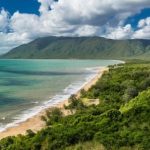
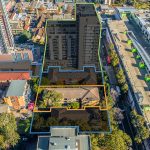



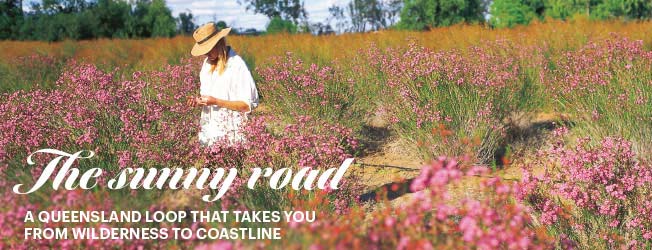

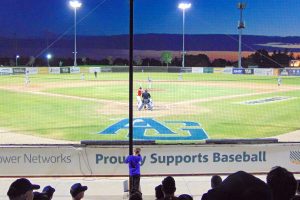
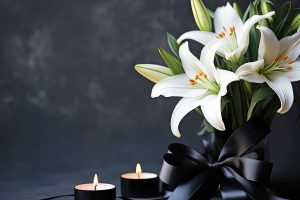








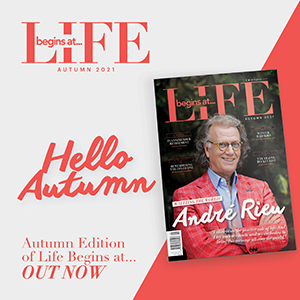
Add Comment